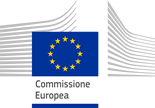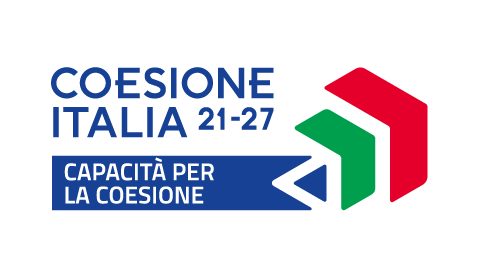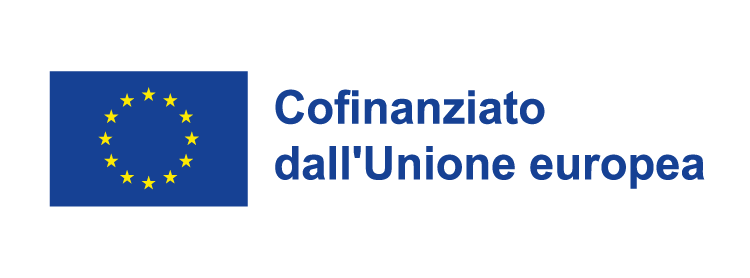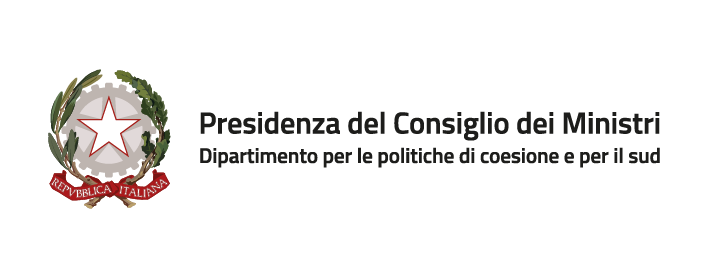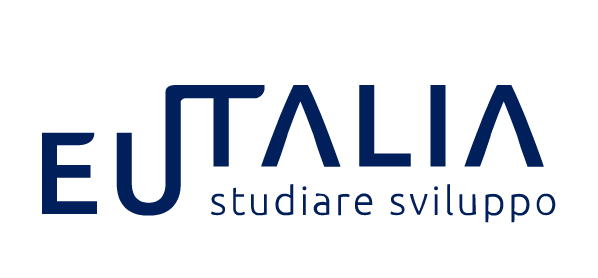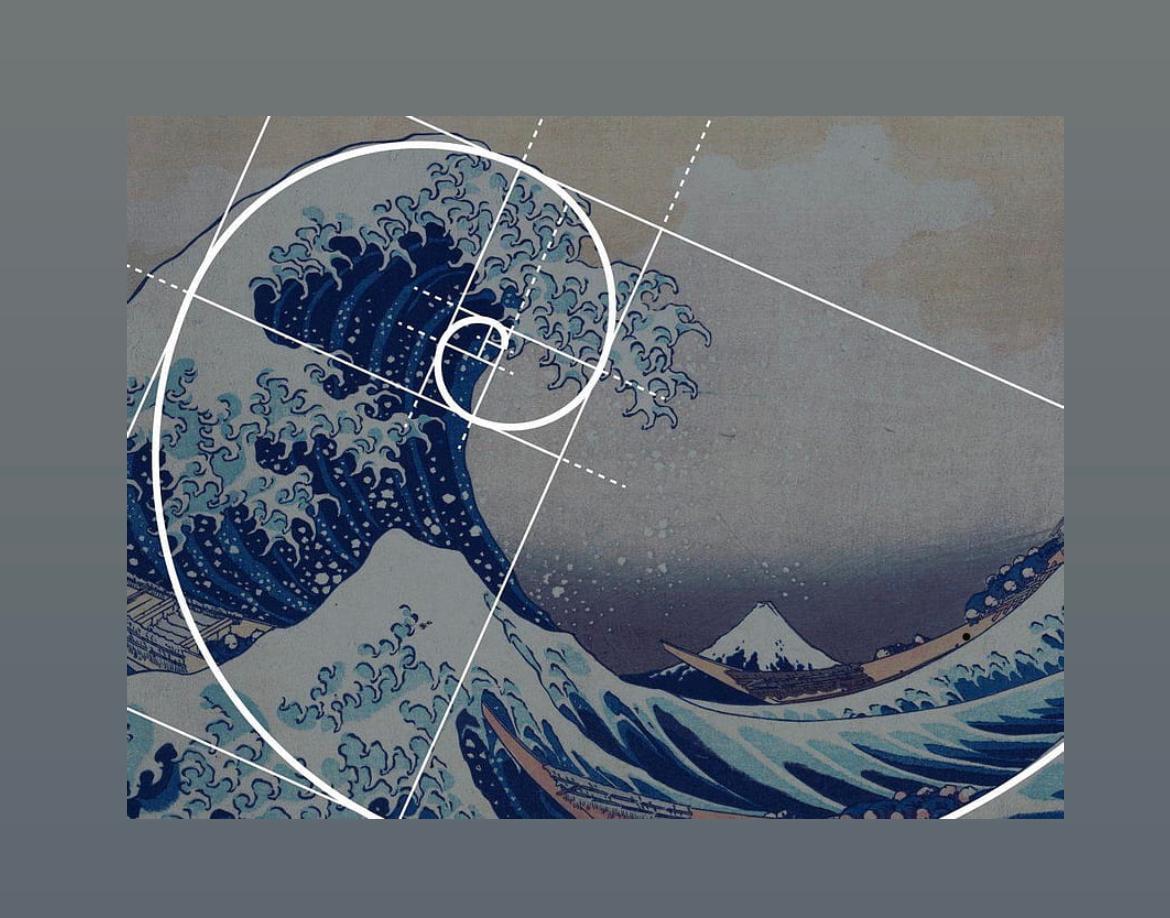
Analyzing is a fundamental part of our project and for this reason the We Sea team has carefully searched some data related to the main polluting elements, their respective amount in the Mediterranean and Ionian Seas, and their consequences in the environment. Thanks to these researches the team has verified that plastic is the main polluting agent of seas, since animals risk to die suffocating taking it for food. However there are also other elements like petrol, industrial waste, sewage, pesticides and fish nets that damage the marine environment and the animals living in there. We have also reported some data about the most polluted areas in the territory, collected between June 28th 2022 and July 8th 2022 by “Legambiente” ’s volunteers for the project “Goletta Verde” which is an environmental campaign that classifies cities based on their level of pollution.
About the 26 places analyzed in the "Fig.2 - Sicily shores", second image of the static graphic, 10 of them (38%) were classified as “Highly polluted” (4 from the province of Palermo: Terrasini, estuaries of the streams “Nocella” and “Pinto” of the Contrada di San Cataldo and Palermo City; 1 from the province of Trapani, Castelvetrano; 3 from the province of Agrigento: Licata, Palma di Montechiaro and Sciacca and 1 from the Province of Catania: Acicastello), "Barcellona Pozzo di Gotto", situated in the province of Messina, was considered polluted, but not as much as the aforementioned 10 places while the last 16 places marked resulted within law limits. Most of the Mediterranean Sea is surrounded by places where plastic debris pile up along the coastline. The highest concentration of debris is situated in Turkey with over 31.3 kg/km of them accumulating daily, while the third place is near Tel Aviv with 21 kg/km. In conclusion, these data highlight that one of the most affected areas is the eastern one, as well as the western part, where Algeria and the cities of Valencia, Barcellona are heavily affected too.
It is estimated that over 1 million of tons of plastic are currently present in the Mediterranean; "Fig.3 - Pollutants" shows that plastic is not the only pollutant agent that is possible to find on the coastline, as there are also lots of others, such as metal, glass/ceramic, paper, textile or rubber, although in smaller percentages.
We Sea team also collected the opinions of the students of "Liceo Scientifico Archimede" in Acireale (CT) in the form of a survey "Fig.5.1/5.2 - Survey" pointing out that most students have contrasting opinions concerning the effectiveness of the school in raising students’ awareness about the increasing marine pollution. Besides, most students are totally unaware of local initiatives aimed at fighting the problem, evidence of the lack of awareness-raising campaign in our area.
Through the data collected and exposed in this article we discovered how close the problem of marine pollution is to us nowadays and how rooted it is in our territories. From the data also emerged how the presence of man actually compromises the environmental conditions and how it takes place in so many different ways too. Our first concerns about the lack of awareness in our Country has also been proved in the carried out surveys.
From all the data collected and analyzed, we reported data fully replying the starting issue which coincided with the hypotheses we had previously established.











